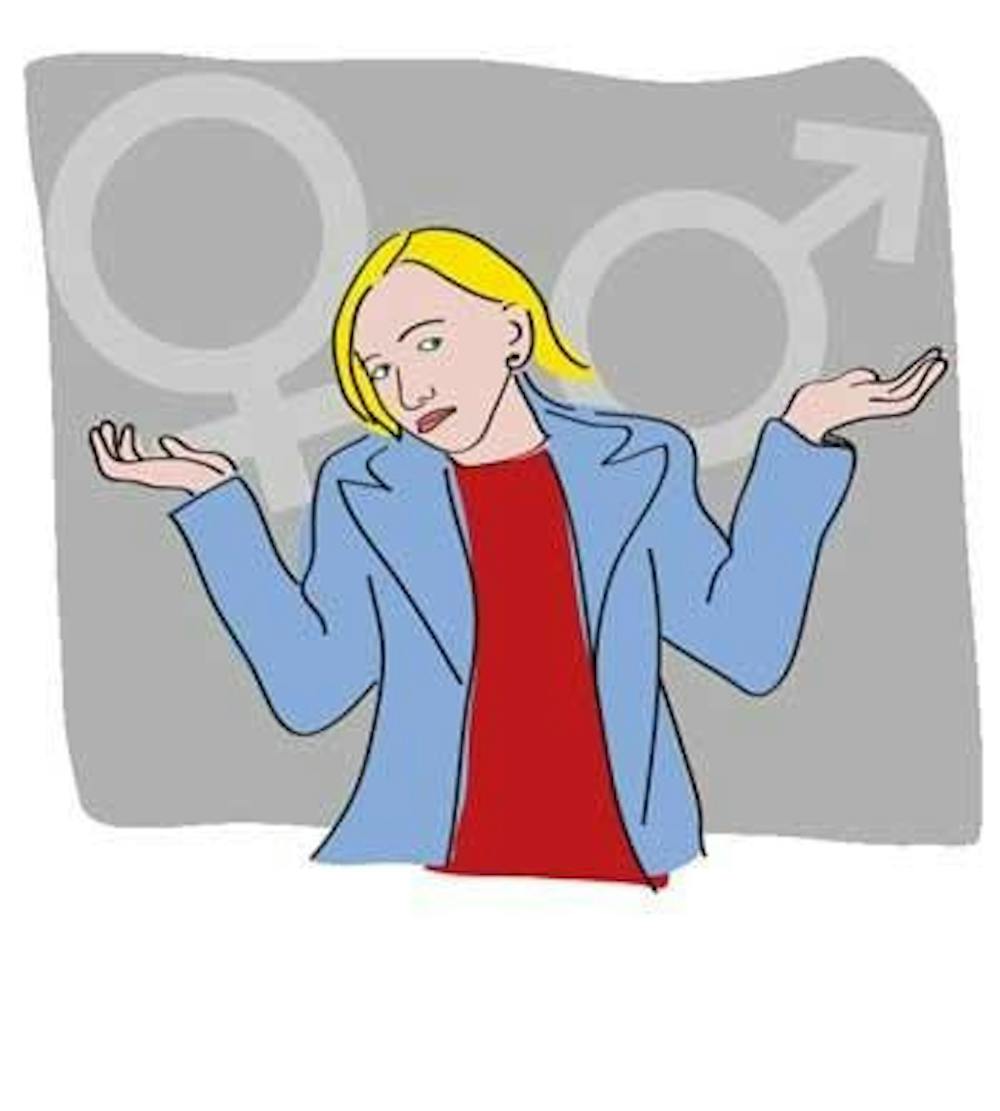The generation that created the Madonna and Britney kiss and Katy Perry’s song “I Kissed a Girl” has inspired a new term: hetero-flexible.
This trendy word describes straight women who make out with each other to entice men but don’t consider themselves lesbians or bisexual.
“The word has no scientific value,” said William L. Yarber, a senior research fellow at the Kinsey Institute for Research in Sex, Gender and Reproduction. “It’s merely a pop culture definition, like the magazines at the beginning of the grocery line.”
Even so, the popularity of the term has fueled a heated debate over whether “hetero-flexibility” reflects sexual liberation or sexual regression.
Bloomington resident Alicia Austen, 20, said it can be fun and adventurous to make out with another woman.
“What girl doesn’t enjoy teasing men?” she said. “It’s like dancing on the table, or taking a body shot – something to add to a fun night, a fun boyfriend-less night.”
Sophomore Jasmin Foster said society’s acceptance of homosexuality means women can be more open-minded when it comes to sexuality. Now, they can do things they’d normally be “socially afraid” to try.
“It’s a form of sexual liberation,” senior Brandon Johnson said. “Women are coming out of their shell in all ways.”
A 2005 study by the Centers for Disease Control and Prevention seemed to confirm such a trend.
The organization found that while only 1.3 percent of women are identified as homosexual, about 14 percent of women in their late teens and early 20s reported at least one sexual encounter with another woman, more than double the number reported in a similar survey published in 1992.
But Carol Fischer, an assistant at the campus Gay, Lesbian, Bisexual, Transgender Support Services office, said the meaning behind the word is nothing new.
In fact, it traces back at least two decades, she said.
“This may be seen as a new phenomenon, but it’s not new at all,” Fisher said. “I remember girls kissing girls at parties for guy’s attention during the ‘80s. It was never really seen before the ‘80s, because homophobia was so prevalent before then.”
The art world can trace the issue back to the early 1900s, said Catherine A. Johnson-Roehr, the art curator for the Kinsey Institute.
“The idea of two women being together to entice men goes way back,” she said. “The art that usually contains this is usually by men for men.”
But not all women support the ‘hetero-flexible’ label.
Senior Becky Heeter says it’s problematic when women start kissing other women to satisfy a man.
“You can’t view something as sexual liberation if they are merely doing it for someone else,” she said. “If they aren’t doing for themselves, it makes it seem as if women will do whatever to please a man.”
Senior Zach Muller thinks it’s an embarrassing cry for attention.
“If I see two girls trying to get attention, I think ‘you’re a sloppy mess, go home,’” he said. “I’m not going to look away, but it’s not going to make me go ‘ooh yeah.’”
Women making out with other women to simply impress guys amounts to “game playing,” said Fischer, of the GLBT office.
“This should be offensive to all of us as women, and guys as well,” she said. “Hopefully these guys would consider themselves as more than reactive tools.”
The idea of two women kissing does attract men, but only if it involves specific females, said Brandon Johnson, the IU senior.
“First they have to be cute,” he said. “Then it only entices me if they normally don’t do that.”
What’s more, in another apparent contrast, most males agreed that they wouldn’t be as accepting if the equation involved their girlfriend.
“It’s hot, I would definitely be more attracted to the girl,” said Michael McFarland, a junior. “But I wouldn’t wind up dating the girl nor would I want my girlfriend doing it.”
This shows a clear disconnect between what’s acceptable for men and women, Johnson-Roehr said.
“That is one of the many double standards in society,” she said. “It is perfectly fine for women to experiment, but if a man does it, he is not seen as ‘hetero-flexible’ but as homosexual.” Johnson said.
Pioneering sex researcher Alfred Kinsey had a sexuality scale from 0 to 6, where 0 is strictly heterosexual and 6 is homosexual.
“Kinsey was adamant that most people are in the middle.” Johnson-Roehr said. “If this idea would have caught on, we wouldn’t be as stuck in labels, and things wouldn’t be viewed as black or white.”
I kissed a girl, but did I like it?
Don’t call them gay or bisexual; a growing number of people identifying as ‘hetero-flexible’

Get stories like this in your inbox
Subscribe





